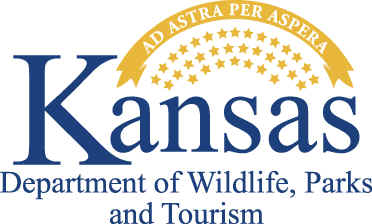Kansas Crop Manipulation May Make Fields Off-limits to Waterfowl Hunting

The U.S. Fish and Wildlife Service (USFWS) reminds all hunters and landowners of federal waterfowl hunting regulations concerning crop manipulation (baiting). Farm producers who use their land for hunting or lease the hunting rights on their land need to make sure they are following federal waterfowl hunting regulations concerning baiting.
“Waterfowl hunters or land managers bear responsibility to know and obey all federal and state laws regarding migrating waterfowl,” says Kenny Kessler, USFWS special agent. “Legal waterfowl hunting can occur on manipulated crops only if the crop is ‘normally’ harvested. Rotary mowing of a corn crop, for example, would not be a ‘normal’ harvest, and hunting waterfowl would not be allowed on or near the areas manipulated.”
Hunters should avoid hunting waterfowl over unharvested crops that have been trampled by livestock or subjected to other types of manipulations, such as disked down crops where grain has been scattered or exposed. Areas where grain is present and stored, such as grain elevators and grain bins, are illegal to hunt waterfowl over, as are areas where grain is present for the purpose of feeding livestock. Additionally, hunting over freshly-planted wildlife food plots that contain exposed grain is illegal. Finally, it’s illegal to hunt croplands where a crop has been harvested and the removed grain is redistributed or “added back” onto the area where grown.
On the other hand, waterfowl hunting is allowed in fields of unharvested standing crops, including over standing crops that have been flooded. It’s also permissible to flood fields after crops are harvested and use these areas for waterfowl hunting. It’s advisable for landowners to follow normal harvesting timelines if corn fields are planned to be used for hunting waterfowl.
For additional information, see Waterfowl Hunting and Baiting and Dove Hunting and Baiting on the USFWS website, www.fws.gov, or contact phone 785-232-5149 or 316-788-4474.

